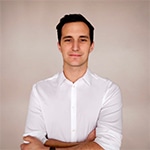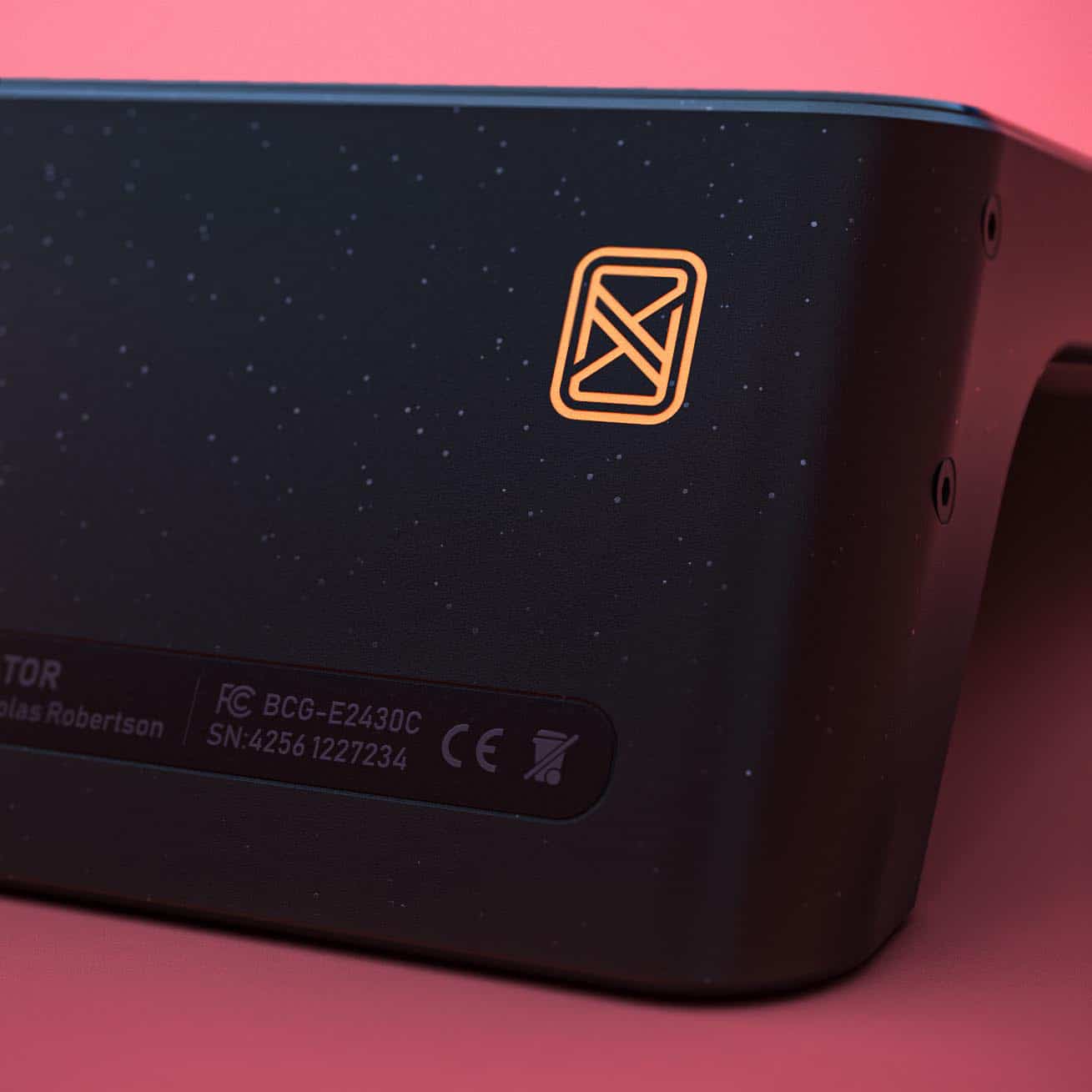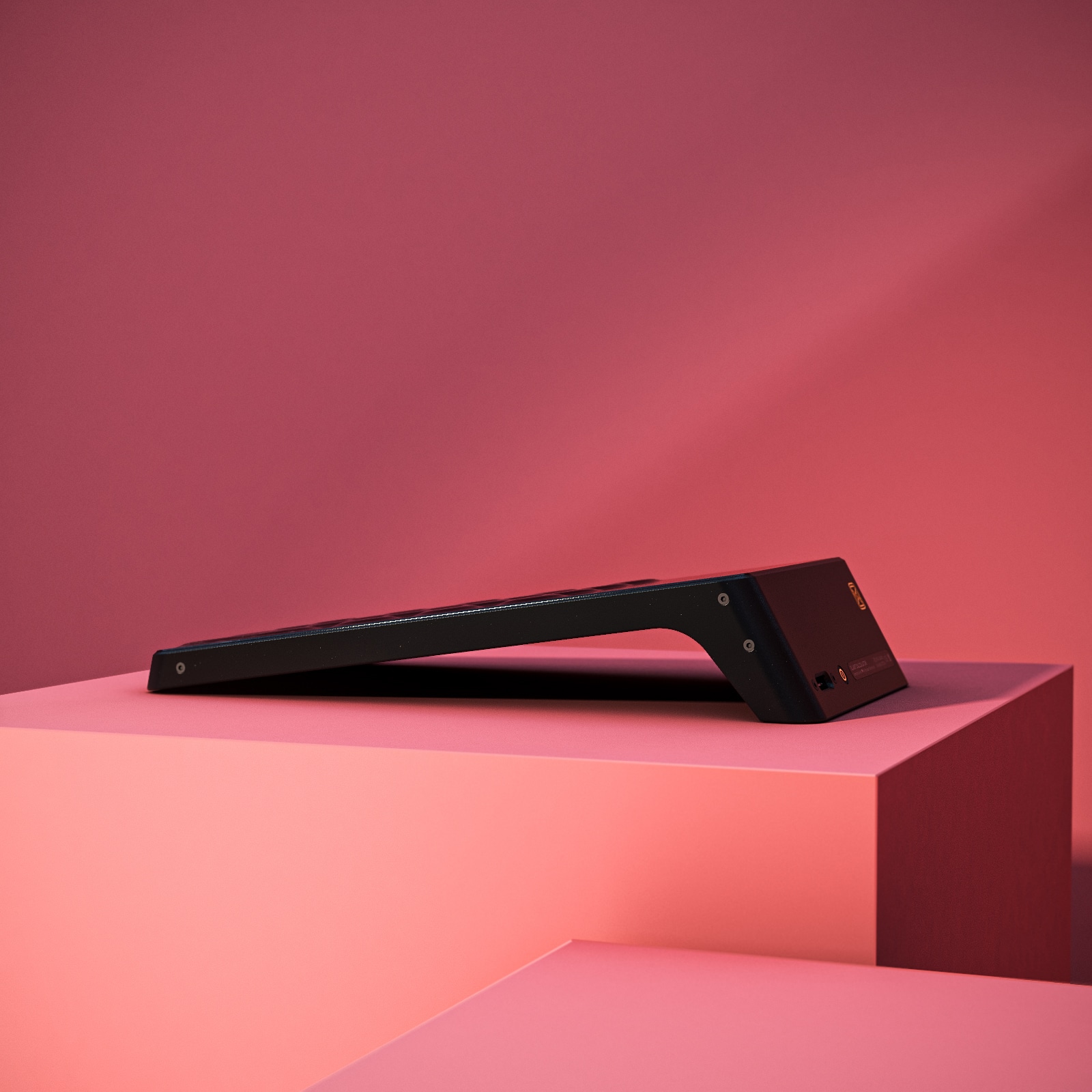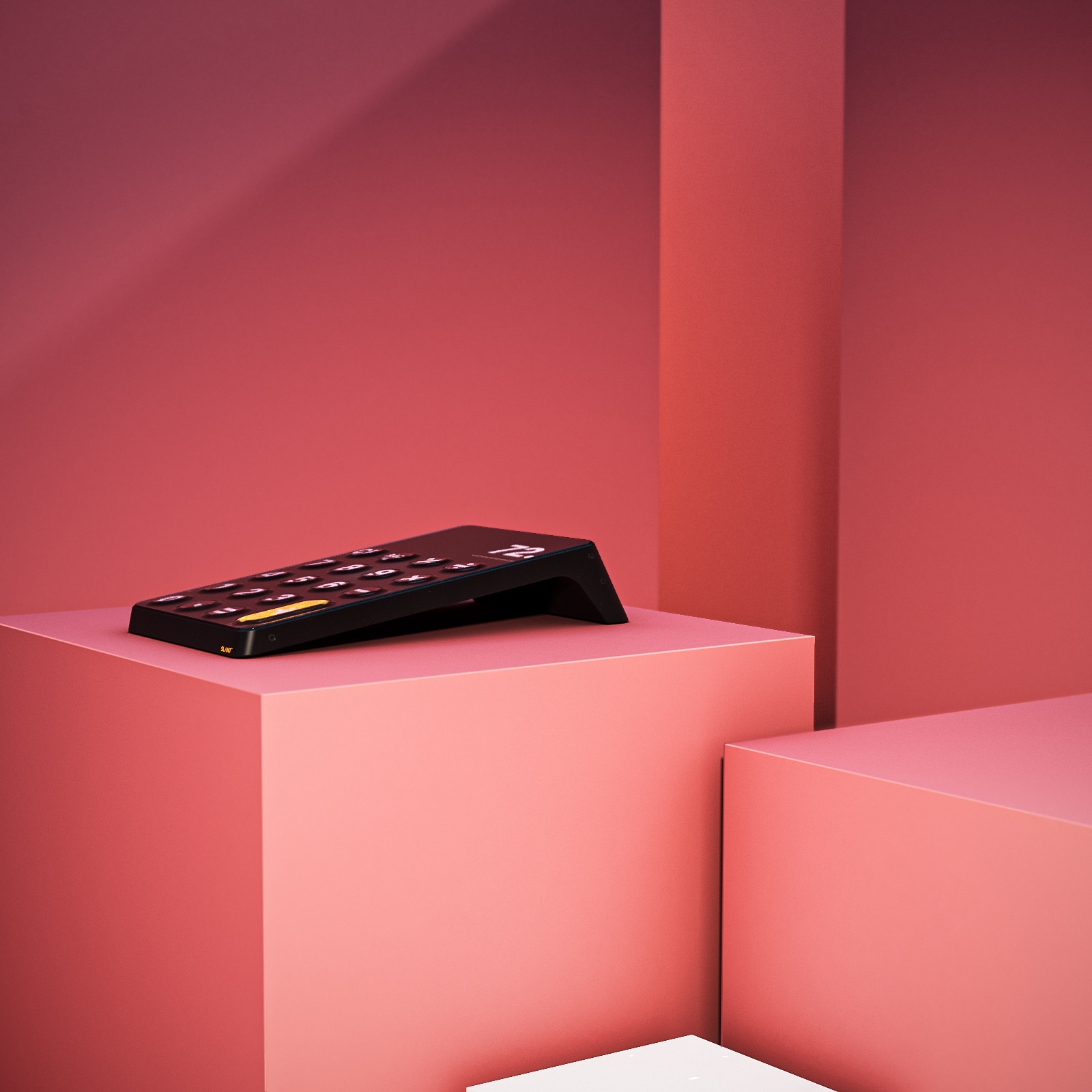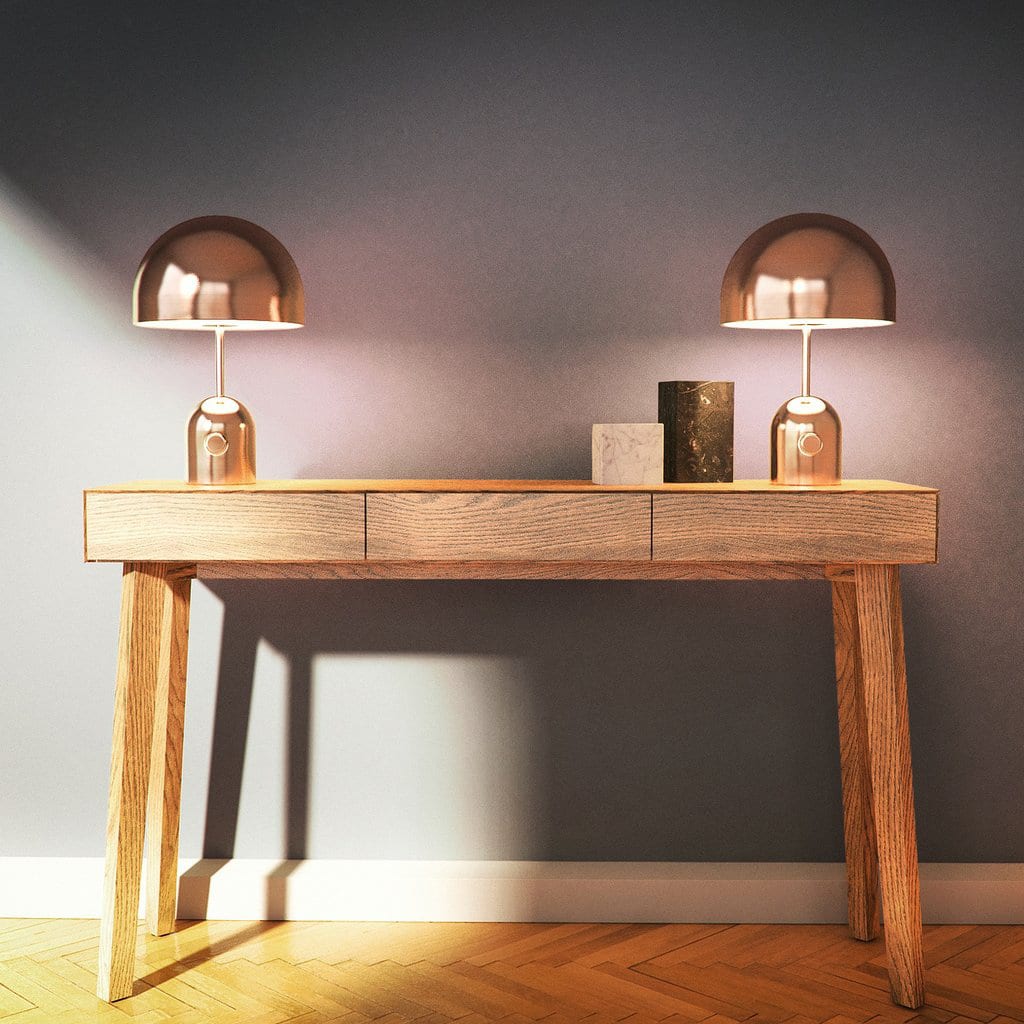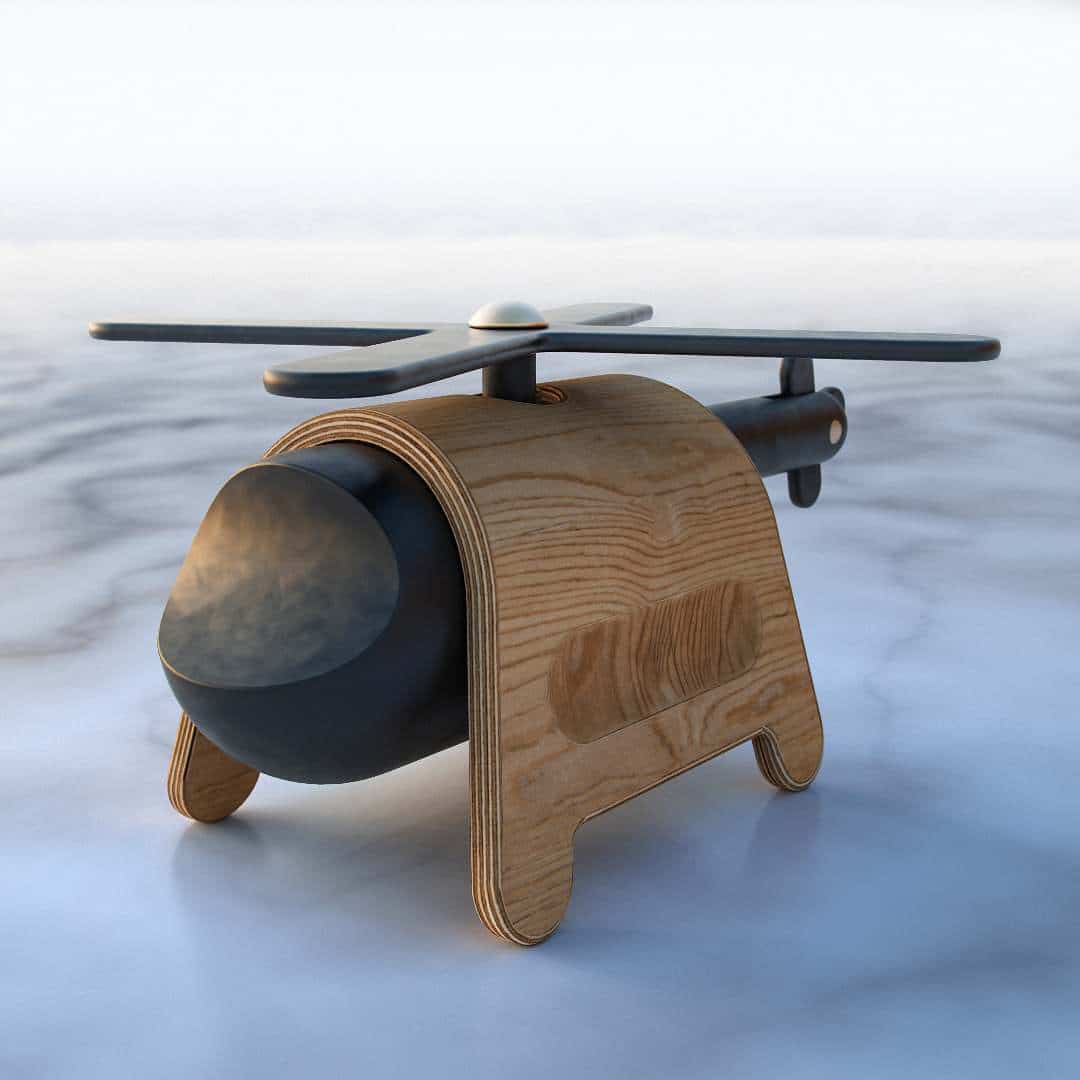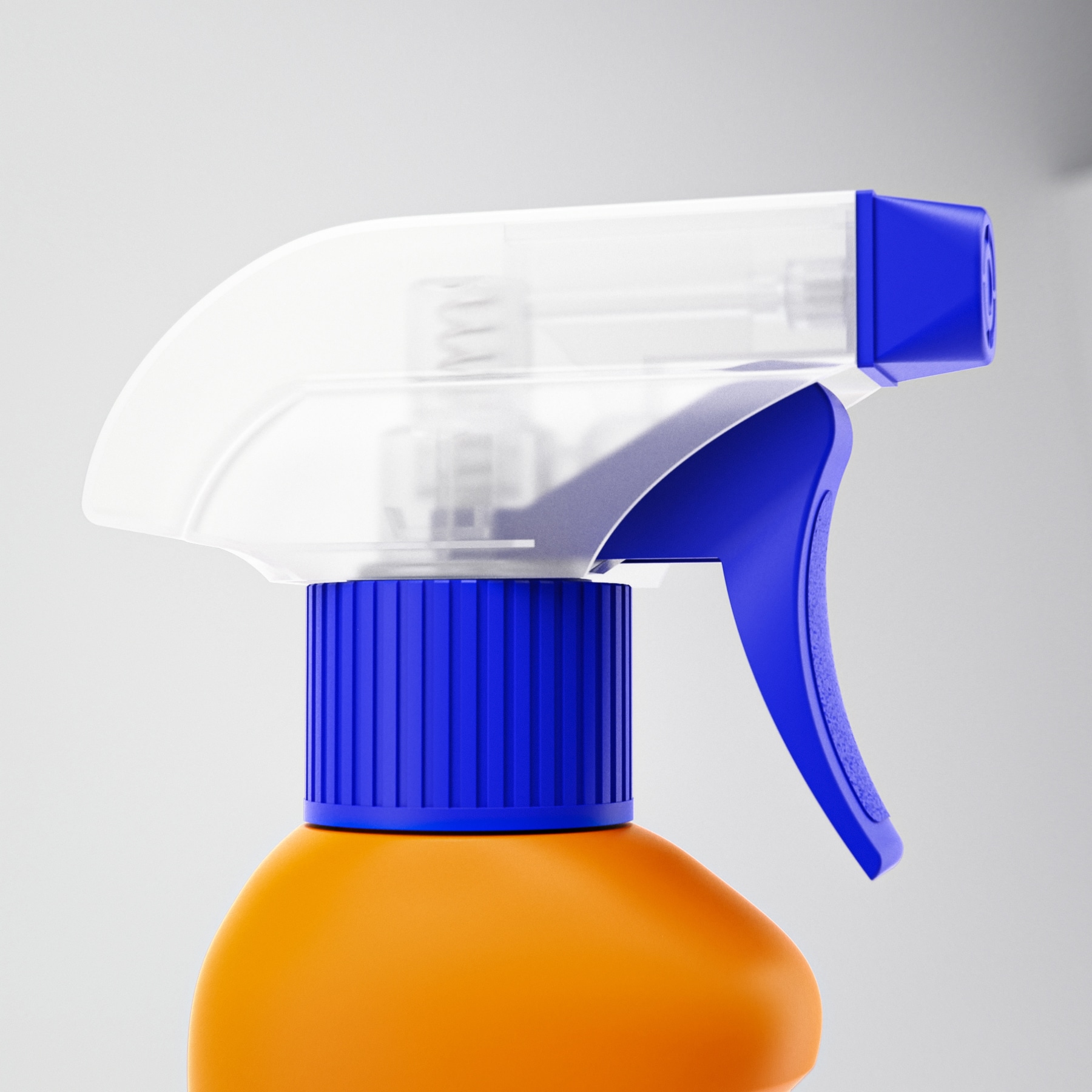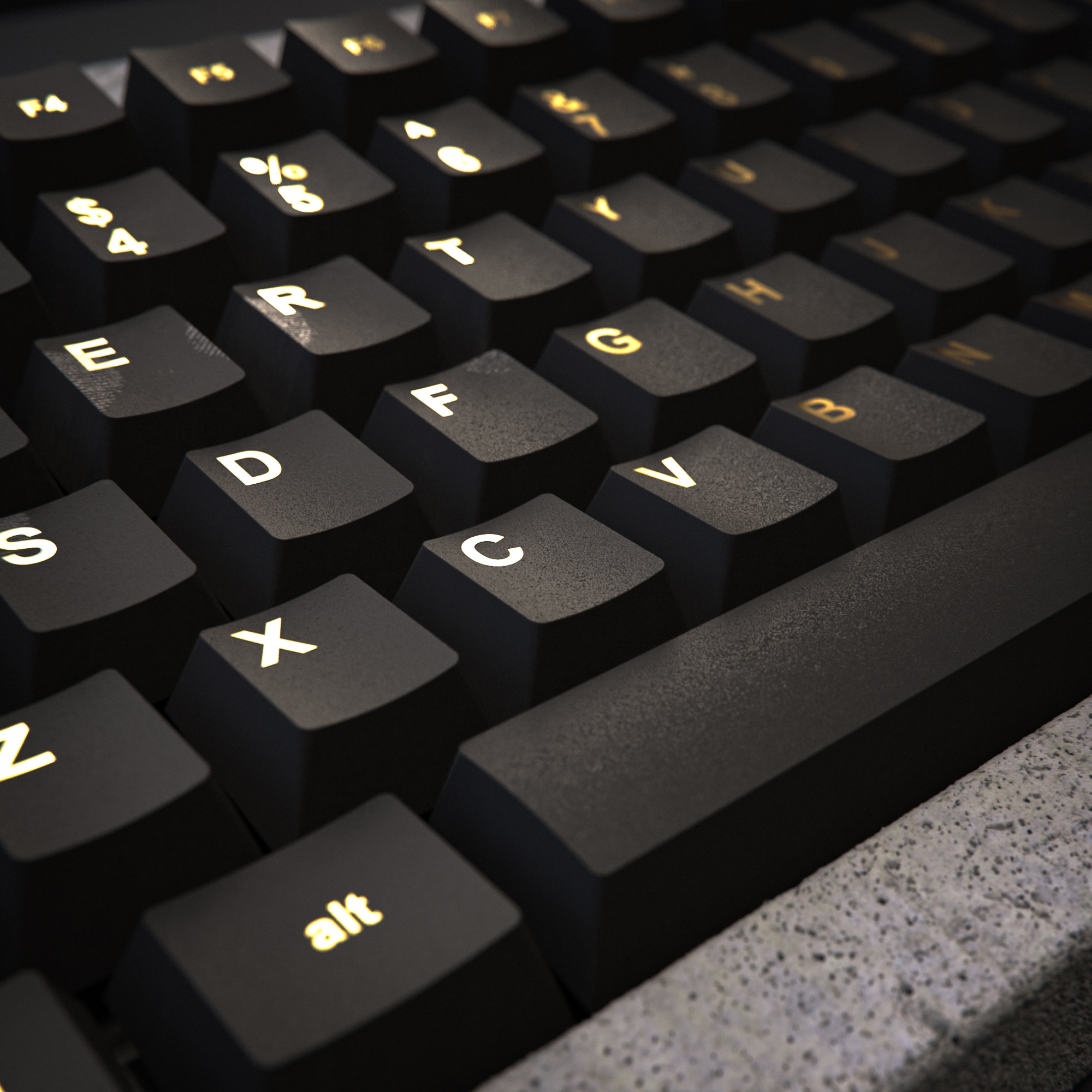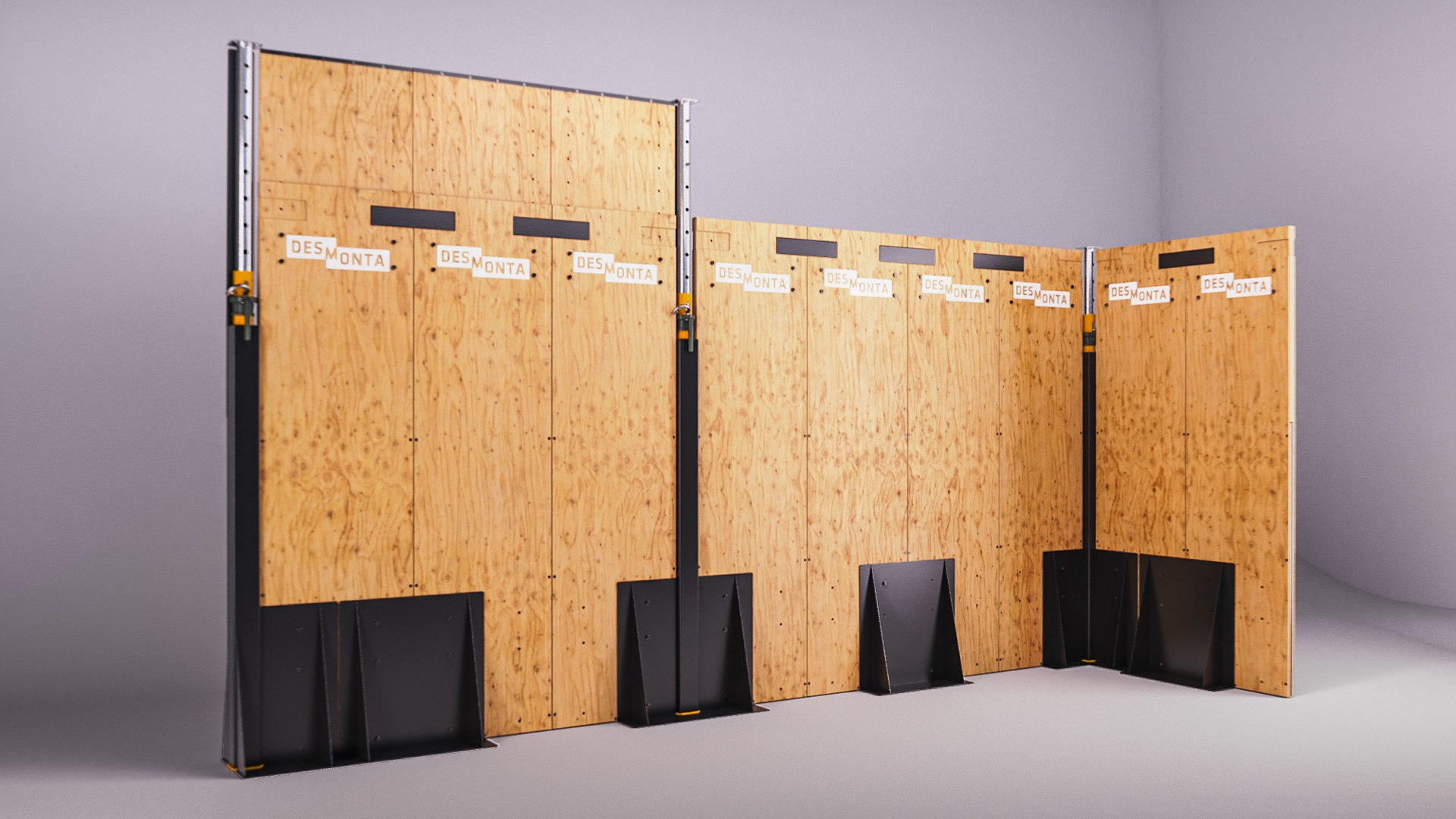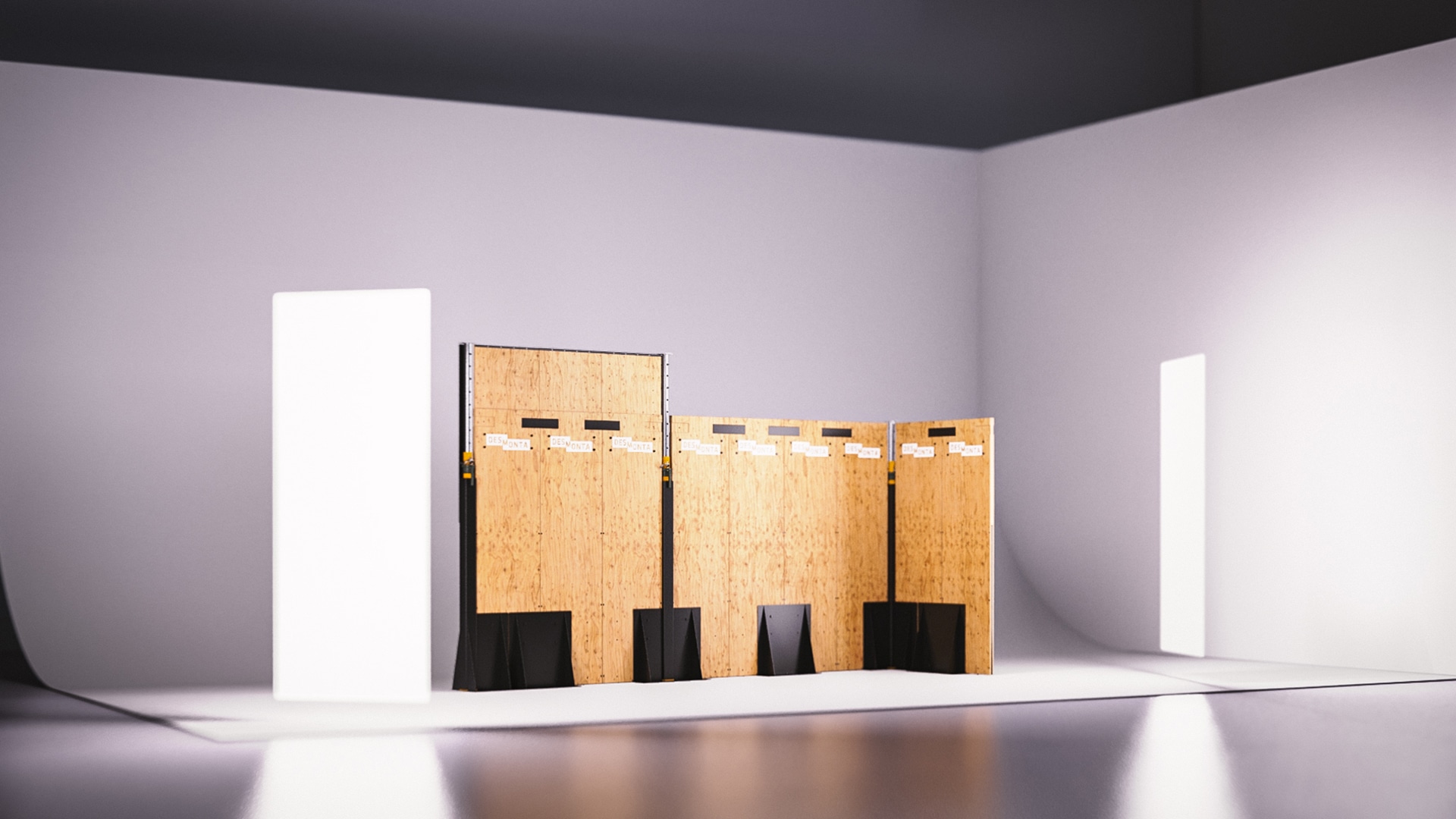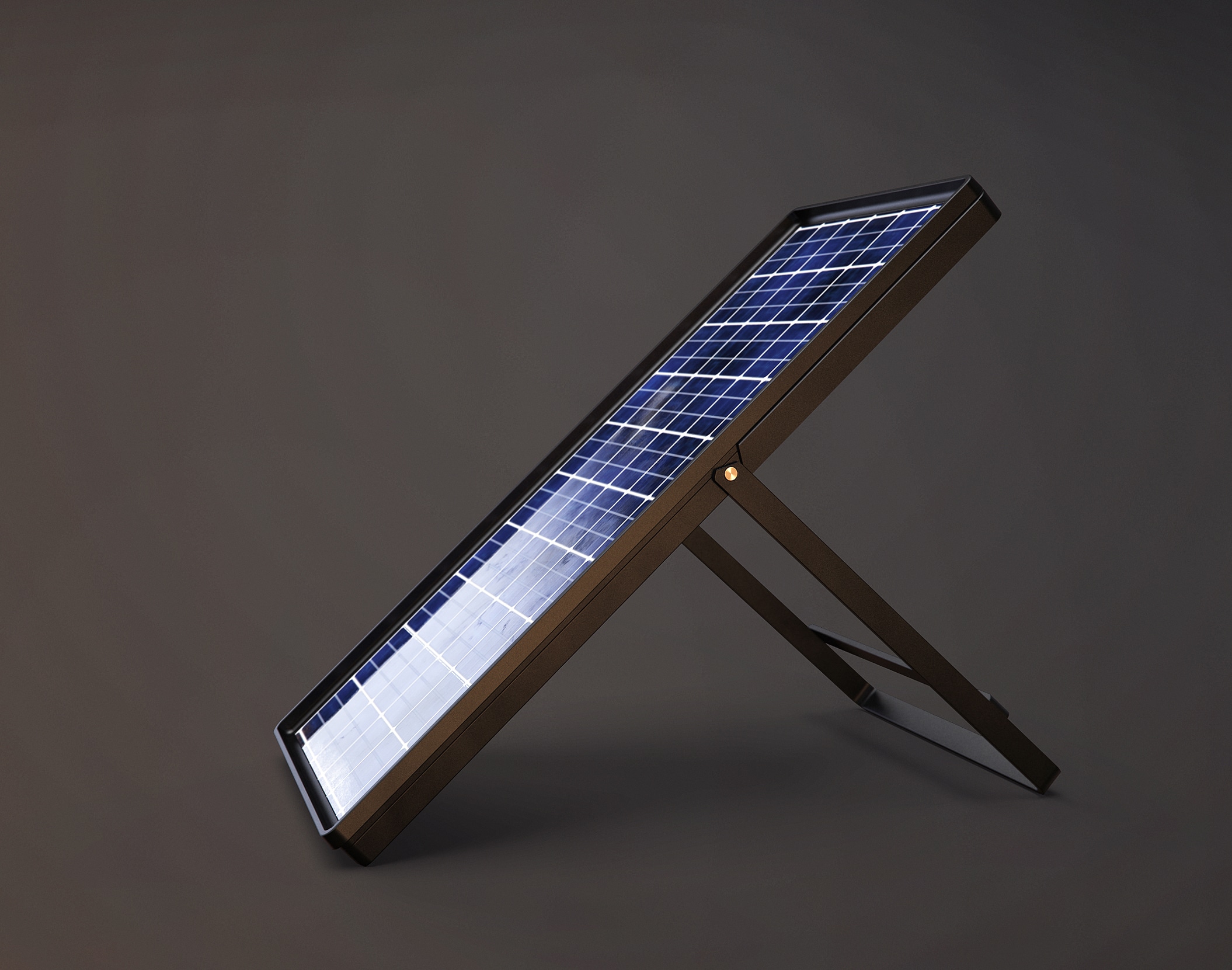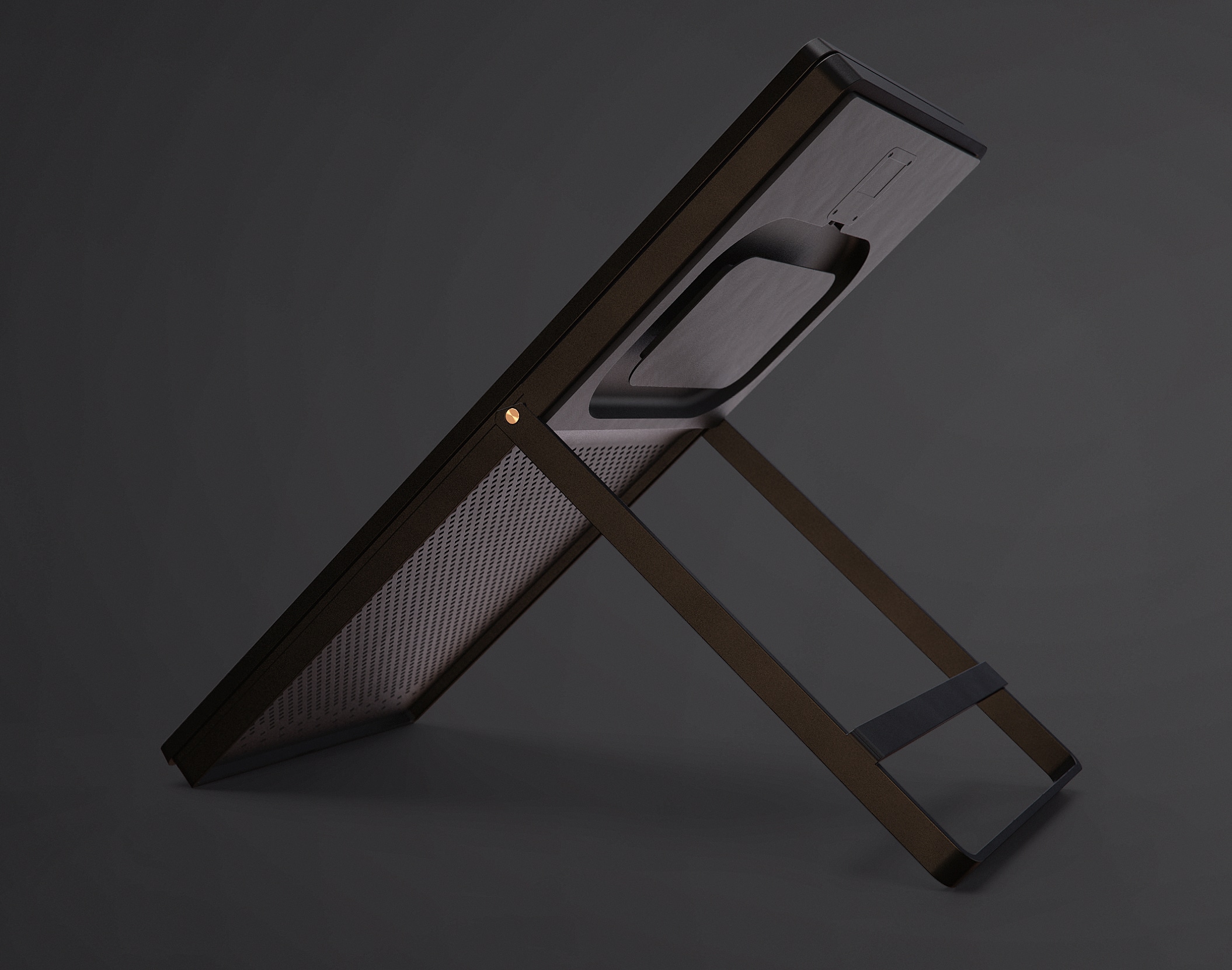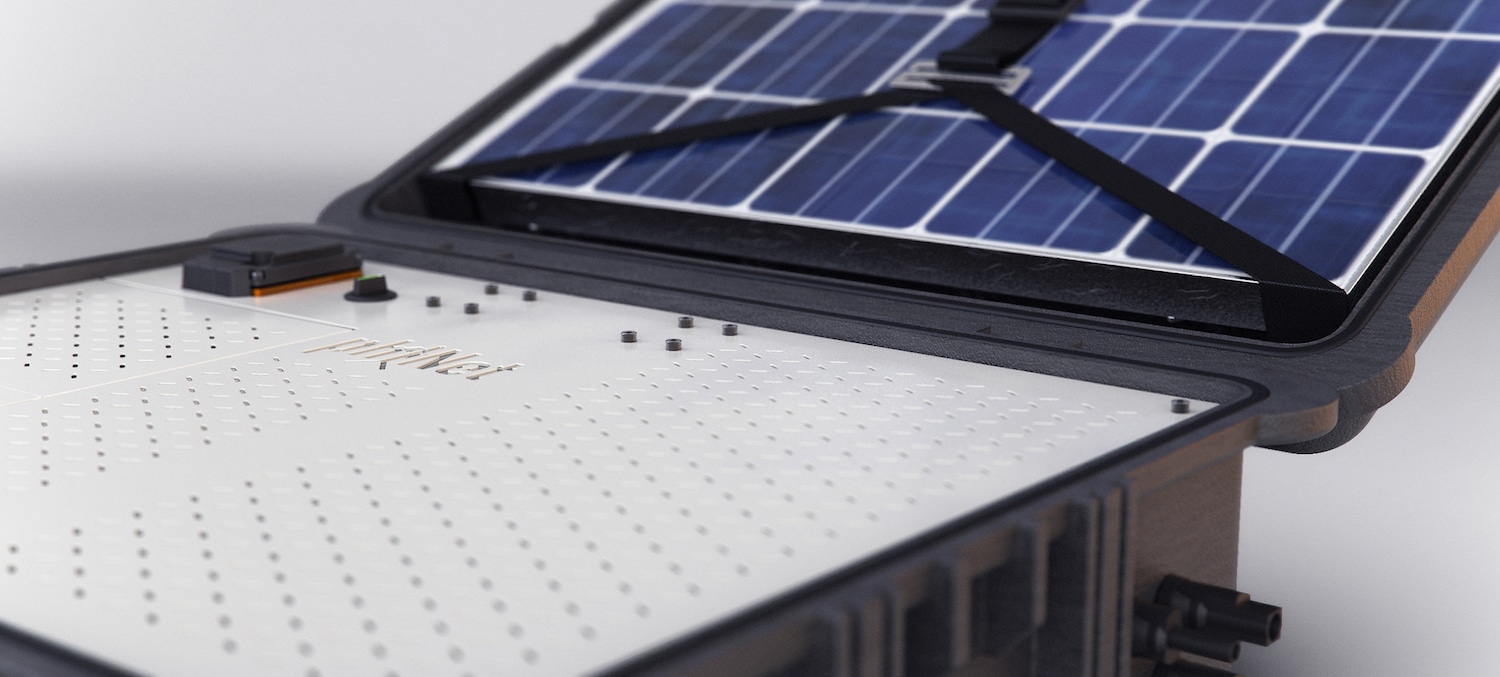Nicolás Robertson is a designer and academic at Pontifical Catholic University. With his experience in the development and strategic management of digital platform projects, consumer products, and branding he has a unique perspective on the product design process. He uses KeyShot throughout the process for his own product design and in preparing future generations to realize theirs.
Nicolás Robertson
nicolasrobertson.com/
What sparked your interest in Product Design?
I have always been kind of a tinkerer, and to be honest, a huge computer and CGI nerd. But the interest of choosing design as a career path was set in motion by the thrill of being able to mass-produce solutions to creative problems. So back in the day, when I realised there was a way to professionally create and, in some way aid to democratize not only your own-brewed designs but helping others to materialise theirs, I fell in love with design.
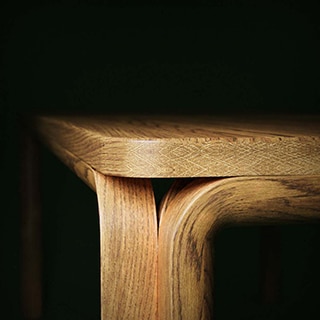 That sentiment grew and evolved when I realised that the role of a designer is strategic in any market, and happens to be way more complex and challenging than just trying to find the balance between art and industry.
That sentiment grew and evolved when I realised that the role of a designer is strategic in any market, and happens to be way more complex and challenging than just trying to find the balance between art and industry.
Teaching happened almost by chance just a few years ago when I came back to Chile after working in Sydney as a Design Director for a furniture company. I started with just one course, and soon became one of my most fulfilling activities. I wanted to design for a change and realised I could spark that change by preparing future generations of designers to live up to their potential, giving them tools to create and solve whatever they wanted. Even though I only teach a few classes a week, I look forward to those days
What’s unique about your approach to design?
Good design is holistic. It has to be approached from a user-centred method. There is no point of designing something visually exquisite if it is a hassle to use, impossible (or prohibitively expensive) to manufacture or if it is just form over function.
The chances of a product being successfully developed increases greatly if its process progresses through a series of iterations and validations with both the end-user and manufacturability in mind. A big portion of my clients are start-ups; usually small teams with relatively small budgets where design mistakes can lead to massive disasters, so a thorough design process is key.
I usually design in phases, with a strong study of the end-user and their needs. Then, when the core of the idea is properly defined, I start designing iteratively by combining sketches, digital manufacturing, scale models and 3D renderings over and over again until the process culminates in a user-tested prototype that has the look and feel of a final product (but doesn’t necessarily work).
Once this has been validated, it is time to design for fabrication: working hand-in-hand with the engineering team to optimise materials, thicknesses, fabrication methods, and electronics towards a viable product.
I teach a first-year course called Prototyping Lab, which is more or less product design 101, so the students get hands-on with one project for almost six months using a similar methodology to the one I exercise, and end up with industrial prototypes which in some cases are almost impossible to believe that were made by fresh-year, soon-to-be designers.
What is your primary 3d modelling software?
I model mainly on Autodesk Inventor. It gives you a complete suite of modules and parameters when designing for manufacturability. I have been using the freeform tools a lot lately; it has roots on an old plugin called T-splines for Rhinoceros and opens up a vast world of surface-perfect models. It is really useful for modeling bottles, rotomoulded plastics or any organic shape you might need.
I also use Rhinoceros quite a bit; mostly for quick concept models, or to take advantage of its nifty UV mapping module, and 3D Studio Max for soft models and fabric simulation.
Rhinoceros is also the main software thaught at Universidad Católica’s School of Design, though Fusion 360 has gained a lot of traction over the last few years. It is remarkably easy to use and great for digital manufacturing.
Where in your process is KeyShot used?
KeyShot is used throughout the whole process. From the very start when transferring a hand-drawn sketch to a 3D concept model to get that first approach of look & feel and overall mood of the design; to sell an idea or even prove a point, all the way to finished renders of print-ready and highly detailed models.
The flexibility and ease of use of KeyShot are unparalleled and works perfectly for both achieving great definition with quick five minute renders to photorealistic complex interiors where every material is custom made, and the lighting setup is made out of only physical sources.
In order to streamline some of the most common setups I use, like white backdrop studio renderings, I have created geometry-based templates, where for example the lighting is comprised of area lights and spotlights, the backdrop is a 60% white lightly textured material and the image style adjustments are already configured. Perfect setups in seconds!
There are cases where when I haven’t used the software in a few days or so and the KeyShot icon stares at me on the taskbar, then I can’t avoid launching it just to play for a few hours and render some model I have downloaded from the internet, to create new procedural material-graph materials that I might use afterward, or to come up with a concept for RenderWeekly’s contest.
What are some projects you have used KeyShot for?
I have been using KeyShot a lot for packaging design visualization lately; mostly bottles. The combination of cloudy plastics and caustics (and now the denoiser pass) takes photorealism to the next level. The material graph module is a great asset for fine-tuning small details on labels, such as metal foils, UV coating, and embossing.
When working in the furniture industry I used it almost daily for custom-made pieces and mass-produced collections. The procedural wood material is extremely powerful for these cases.
Mostly all of my work ends up in one way or another in KeyShot; I’m currently working on a low-cost reusable hoarding system (saves up to 4 ton of scrap on each construction site), a 3D filament shredder and extruder out of discarded PLA water bottles, and some other very interesting projects which, unfortunately, can’t tell you about just yet.
Overall, how has KeyShot helped save time, money and/or improve quality?
KeyShot saves precious time not only if you compare it to other raytraced rendering engines, but is a fantastic way of communicating ideas and selling projects before they have been physically prototyped. I have used it in made-to-order furniture for example, where you can publish press releases of entire collections without even having to produce a one-off piece for a photoshoot, saving weeks of work, and possible stock issues. KeyShot handles pretty much any CAD format available, and models with dozens of millions of triangles on any average laptop, so there is no need to invest in expensive gear to create amazing visuals.
What advice would you give to others interested in doing what you do?
For rendering and 3D modelling, just go for it. There are countless free tutorials and materials available online to learn how to do pretty much anything — it is just a matter of dedication and practice.
Don’t be afraid to seek help and get feedback from fellow designers; constructive feedback and even straight-up criticism are key to keep stepping up your game. This goes for every aspect of design. Sign up on a forum, show your work to friends and family, or just upload it to social media and you will see how the sole feedback creates an urge to constantly practise and improve your rendering and composition skills.
And for product design as a career, study a lot! Do not even think of discarding this fascinating career choice because “you don’t know how to draw.” It’s just a tiny fraction of what a product designer does. And besides that, anybody can learn to draw. I’ve seen it.






